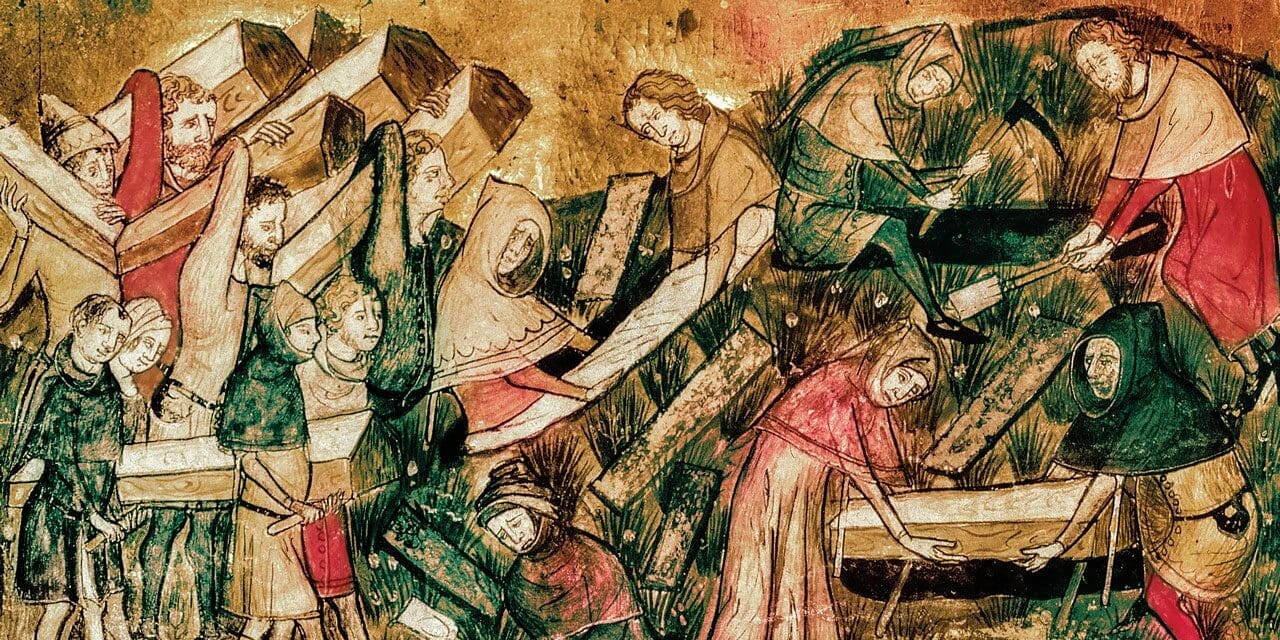In Middle Ages Europe, getting a divorce was next to impossible, and the only way out of a marriage was the death of a spouse or annulment. A woman who sought annulment often had to bring a case based on her man’s inability to “perform his duties” in bed. That often involved an awkward public examination in court, in which the husband would have to demonstrate that he could get an erection. Alternatively, the estranged couple could settle matters by fighting a divorce duel. Below are thirty things about that and other fascinating but lesser-known Middle Ages facts.
30. Getting Out of a Marriage Was Really Hard in the Middle Ages

In pre-modern times, divorce was frowned upon to such an extent that it was just about impossible to secure one. King Henry VIII for example spent years trying to get the Pope to annul his marriage. When that failed, he took England out of the Catholic fold, started his own Church of England with himself at its head, and got out of his marriage that way.

For those who were not kings, things could be even trickier. They were especially tricky for women: in France, for example, just about the only legal grounds to get out of a marriage was if a hubby couldn’t get it up. To defend themselves from charges of impotence, defendant husbands would have to demonstrate that they could get an erection. In a courtroom. In front of witnesses and legal experts. To the satisfaction of “honest women” appointed by the authorities to check. Yeah – no pressure or anything.

However, there was an alternative to making a husband prove his virility in public by “expel[ing] reproductive fluids on demand“. The couple could instead fight a divorce duel. Such bouts were common enough to warrant an entire chapter in a popular Middle Ages dueling manual.

